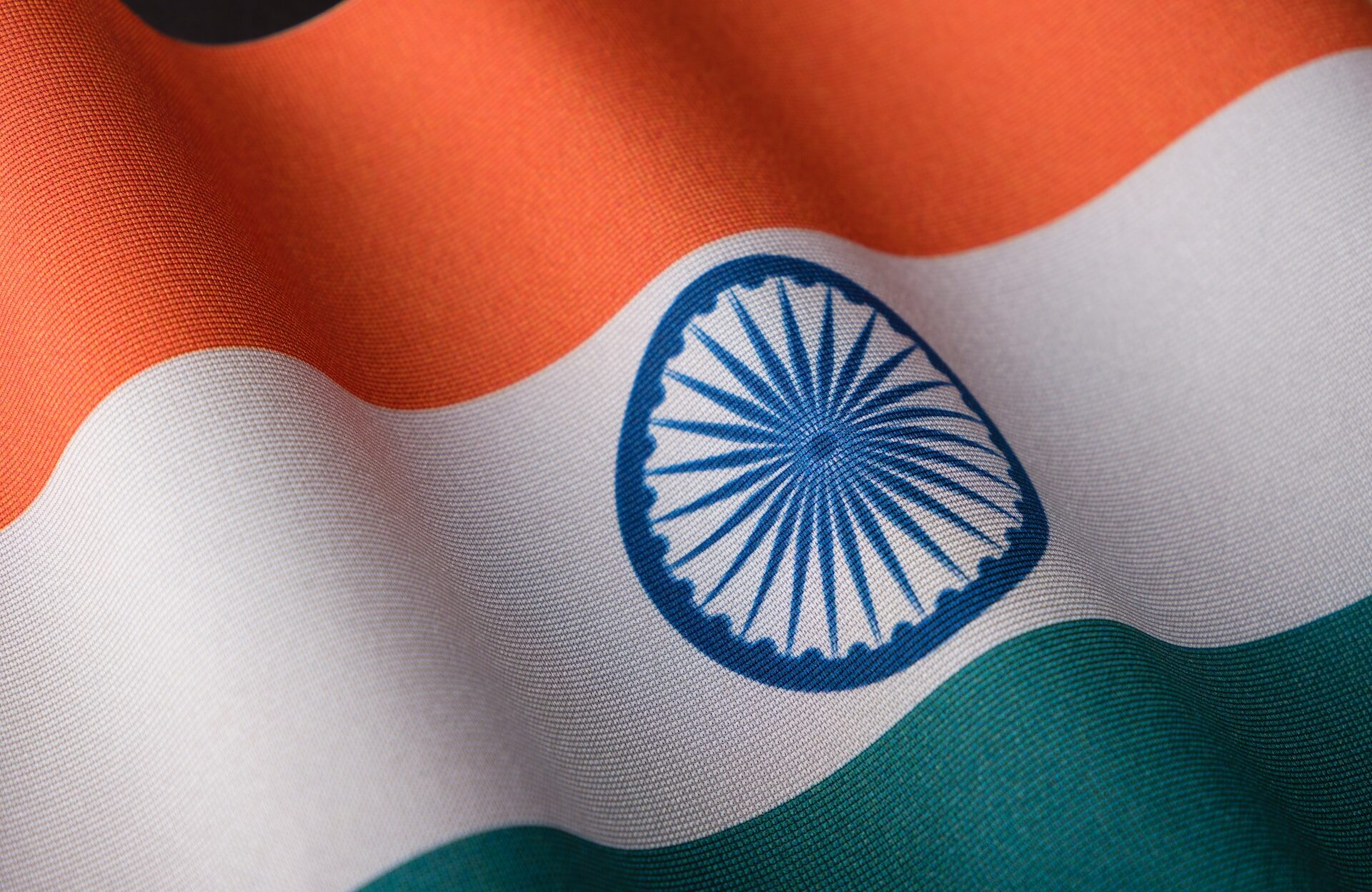Registering a trademark in India is a vital step in protecting your brand and intellectual property. By following this step-by-step guide and working with the Trade Marks Registry under the Controller General of Patents, Designs, and Trade Marks (CGPDTM), you can successfully navigate the trademark registration process in India. Keep in mind that the overall process, including examination, publication, and potential opposition, can take up to 12-24 months or more, so it's essential to plan accordingly.
Preliminary Trademark Search
Before registering a trademark in India, it is recommended to conduct a preliminary search to check if the desired trademark is available or if there are any similar trademarks that may cause confusion. The Controller General of Patents, Designs, and Trade Marks (CGPDTM) manages the Indian trademark database, and you can perform a search on their official website:
Website: https://ipindiaonline.gov.in/tmrpublicsearch/frmmain.aspx
Prepare the Application
Once you have ensured that your desired trademark is available, you need to prepare the application. The application should include the following information:
- Applicant's name and address
- Representation of the trademark
- List of goods and services for which the trademark will be used
- Priority claim, if applicable (based on a previous trademark application filed in another country)
Submit the Application
Submit the trademark application to the Trade Marks Registry, which operates under the CGPDTM, either online through their website or in person at one of their branch offices:
Website: https://ipindiaonline.gov.in/eregister/eregistration/frmtrademarkapplication.aspx
Application Examination
After submission, the Trade Marks Registry will examine the application for compliance with formal requirements and conduct a search to identify any potential conflicts with previously registered trademarks. This examination process generally takes around 4 to 8 months. If the Trade Marks Registry identifies any issues, they will notify the applicant, who will have the opportunity to address the concerns.
Publication and Opposition
If the application meets all requirements, the Trade Marks Registry will publish the trademark application in the Trade Marks Journal, which is accessible on their website. This publication initiates a four-month opposition period during which third parties can file an opposition against the registration of the trademark.
Website: https://ipindiaonline.gov.in/tmrpublicsearch/frmjournalpublication.aspx
Registration and Issuance of Certificate
If no oppositions are filed or if they are resolved in favor of the applicant, the Trade Marks Registry will proceed to register the trademark. The applicant will be required to pay the registration fee before the trademark is registered. Once the fee is paid, the Trade Marks Registry will issue a registration certificate, and the trademark will be valid for ten years from the application date.
Trademark Renewal
Trademarks in India can be renewed indefinitely for ten-year periods. To renew a trademark, the owner must file a renewal application with the Trade Marks Registry and pay the required fees before the expiration date or during a six-month grace period after the expiration date.
Related Information

















